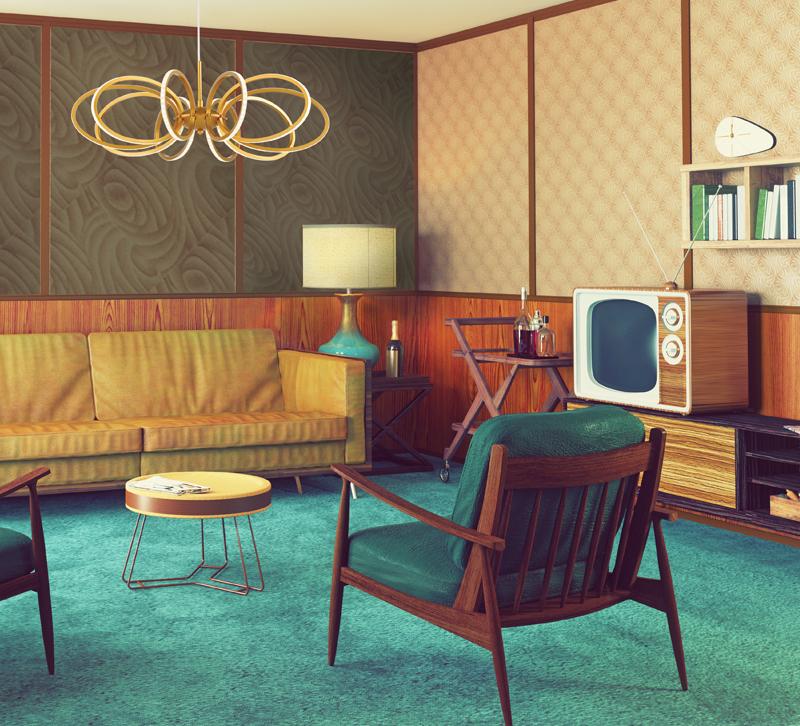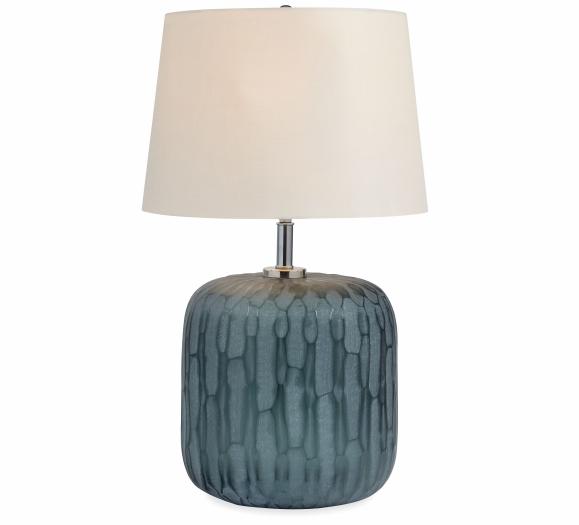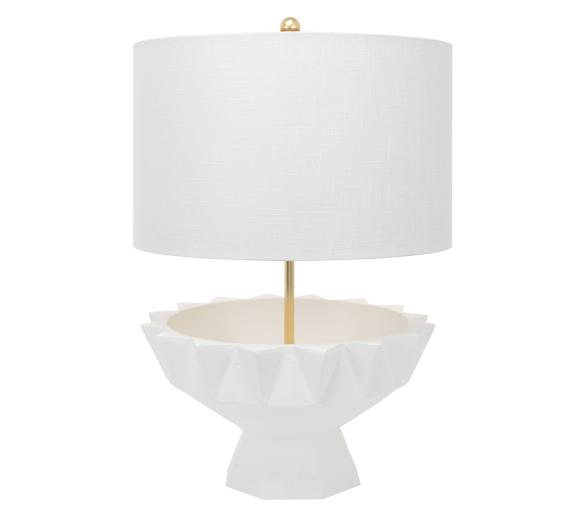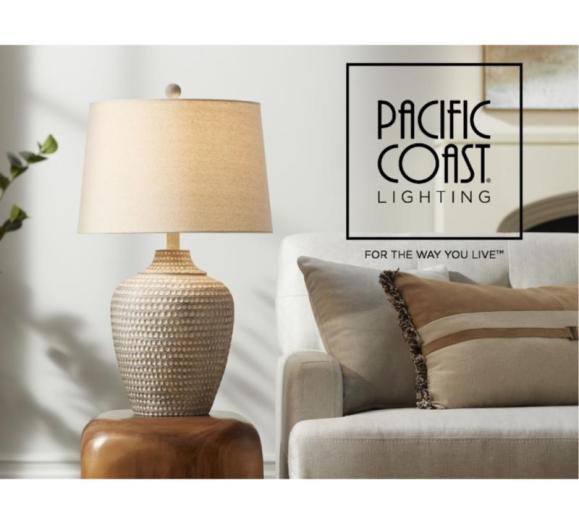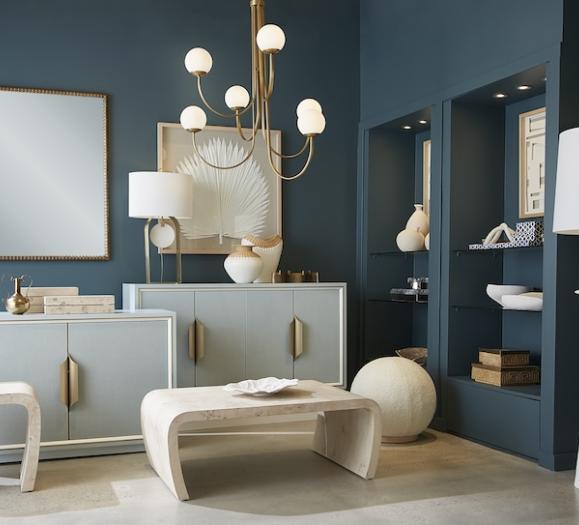These days, it seems everybody’s got a high-def, flat-screen TV, a PlayStation, an Xbox and a pile of games — and a media room to enjoy them in.
Lighting is especially important, and tricky, in media rooms, according to Joseph Rey-Barreau, a lighting expert and associate professor at the University of Kentucky’s School of Interior Design.
Having trouble finding the right balance of light and the perfect fixtures for your client's media room? Here's what our experts suggest.
Light balance in the media room
Despite popular belief, Rey-Barreau says a media room shouldn't be completely pitch black.
“If you’re at the theater and your eyes are just focused on the screen, your eye is going to adapt to that particular level of light,” Rey-Barreau explains. “But what happens in a house when you’re watching television or doing something else, you’re typically not going to be that focused. Your eye is going to be moving around, you’re probably going to get up once in a while, so if you don’t have at least a little bit of light, what happens is your pupils are constantly dilating up and down because they’re having to adjust to a multitude of [light levels].”
In fact, more than any other room in the house, Rey-Barreau says, the media room has to be designed with multiple layers of light because the room will be used for different purposes. For example, you’ll need certain type of lighting for watching a movie, different lighting if you’re watching TV while also paying some bills, and a third level if you’re using the room to entertain friends.
Still, the room’s primary purpose is for watching movies and TV, so the lighting has to be chosen carefully to reduce the amount of glare on the screen.
That’s why Rey-Barreau says one of the best lighting fixtures for a media room are recessed cans, which won’t create a reflection on the screen the way an overhead ceiling fixture might.
“A ceiling mount fixture is not the best idea, because typically a ceiling mount fixture will have its own personality, meaning you’re going to see if fairly easily, so even if you dim it, depending on the angle that you’re watching television, you may have this giant reflection of this fixture at the ceiling,” he says.
But Rey-Barreau says the placement of the recessed cans is important.
“Typically in a room like that you don’t want to put any recessed lighting over seating areas; you want to try to put recessed lighting around the perimeter of the room … not ever shining on people’s heads or shining above the screen,” he says. “So say you have a perimeter of a sofa and some chairs and you have this line of lighting behind them, the lighting is actually going to be hitting the floor and illuminating the room a little bit, but you’re not going to be getting reflection of the cans on the screen.”
Rey-Barreau says its best to use recessed cans that are trimmed in black instead of white or a shiny metal, which will create additional glare.
Other lighting options
For additional lighting, Rey-Barreau recommends mounting wall sconces.
“Ideally [you should install] some kind of wall sconce with [an] opaque front, some kind of design so the front is either completely dark, meaning that the light is going either up or down, so, again, you don’t see some kind of bright source of light on the wall,” he says.
Rey-Barreau says it’s best to place wall sconces on the side of the room or behind the main seating area, although if the sconces have very dark coverings, they could be placed up to two or three feet from the edge of the screen for a framing effect.
To brighten the room even more without creating additional glare, Rey-Barreau recommends using cove lighting or highlighting overhead architectural details which will allow light to bounce off of the ceiling.
Lastly, Rey-Barreau suggests adding step lighting along the walls. By placing small recessed lights about 18 inches off of the floor, you can create a low level of light without any reflection on the screen.
“One thing that is typically not a good idea is table lamps in a specifically-designated media rooms because table lamps, if they are ever on, are going to create a glare on the screen,” Rey-Barreau says.
Because of the prevalence of media rooms, Rey-Barreau says some lighting manufacturers, such as Progress Lighting, have come out with "media room" kits that include recessed cans trimmed in black, as well as wall sconces with dark coverings, step lighting and more.
Dimming down
One of the most important additions to a media room, Rey-Barreau says, is an integrated dimming system, such as Lutron’s Graphic Eye system, that allows the user to set certain light levels for different tasks. “So you may walk in the room and you may want to find something, so you press a button and all the lights come up, or you may have a scene that says 'movie watching,' so you preset that button so the light is set at the most ideal level for that purpose,” Rey-Barreau says.
“What’s been interesting from the perspective of these media rooms is that product — the Graphic Eye has been around a long, long time — it really is just perfect for a media environment because it really allows you to do exactly what you want to do and do it in a way that gives you tremendous flexibility,” he says.
Tell us: What concerns do your clients have about lighting their media rooms? Share with us in the comments!



